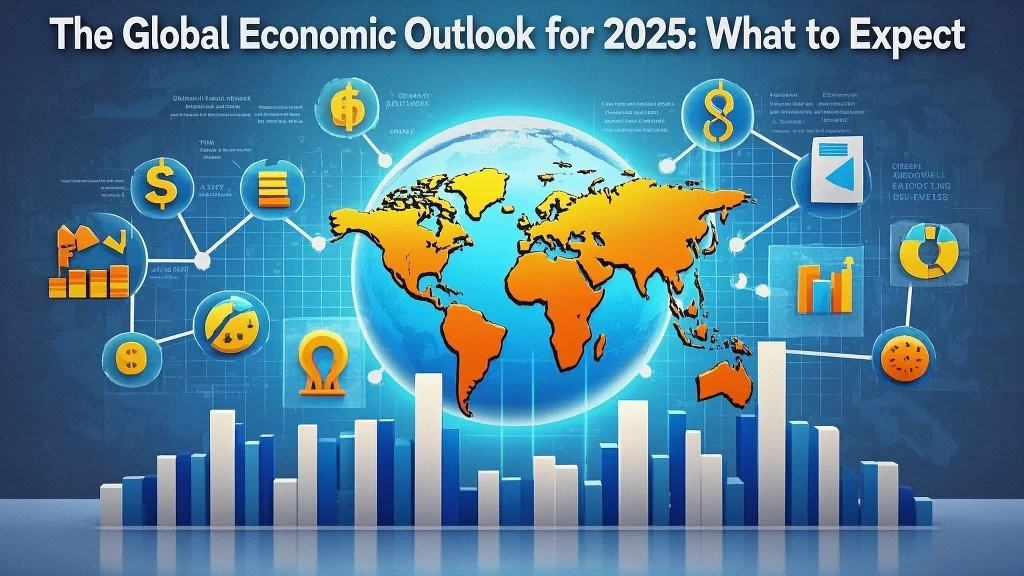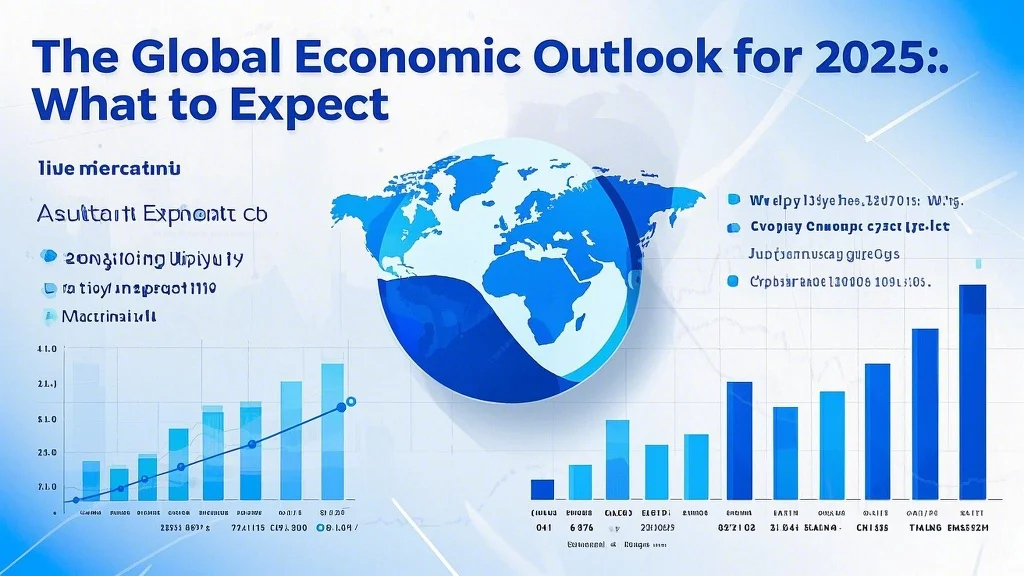Understanding the Global Economic Outlook for 2025
As we approach 2025, the global economic outlook has become a focal point for businesses, investors, and policymakers worldwide. This outlook provides a comprehensive view of potential economic developments across different regions and countries. The best global economic outlooks offer detailed insights into both developed and emerging markets, helping stakeholders make informed decisions.
One of the key advantages of studying the global economic outlook is its ability to help anticipate potential opportunities and challenges. Many outlooks focus on key indicators such as GDP growth, trade patterns, and monetary policies. Additionally, understanding the global economic outlook can help businesses make more informed decisions about investment, expansion, and risk management. However, it’s important to remember that economic outlooks are based on projections and assumptions, and actual economic conditions may differ.
Analyzing Economic Forecasts
In the context of the global economy, economic forecasts play a crucial role in shaping business strategies and policy decisions. These forecasts provide projections of key economic indicators such as GDP growth, inflation rates, and employment levels. The best economic forecasts often come from a combination of quantitative models and expert judgment.
One of the most valuable aspects of economic forecasts is their ability to help businesses and policymakers anticipate potential economic developments. Many forecasts include scenario analysis, offering insights into potential outcomes under different conditions. Additionally, understanding economic forecasts can help investors make more informed decisions about long-term investments. However, it’s crucial to consider the potential impact of unforeseen events and changes in economic policies on the accuracy of forecasts.
Exploring the Financial Market Outlook
As part of understanding the global economy, the financial market outlook provides valuable insights into potential future market conditions. This outlook often includes analysis of various asset classes, economic indicators, and geopolitical factors. The best financial market outlooks offer detailed insights into both short-term and long-term market prospects.
One of the key advantages of the financial market outlook is its ability to help investors anticipate potential opportunities and risks. Many outlooks provide sector-specific analysis, offering targeted information for investors with particular interests. Additionally, understanding the financial market outlook can help businesses make more informed decisions about investment strategies and risk management. However, it’s crucial to remember that market outlooks are based on projections and assumptions, and actual market conditions may differ.

Conducting Market Sentiment Analysis
In the broader context of economic analysis, market sentiment analysis plays a crucial role in understanding investor behavior and market trends. This analysis helps identify the overall mood of the market, which can influence investment decisions and market movements. The best market sentiment analyses often combine quantitative data with qualitative insights.
One of the key advantages of market sentiment analysis is its ability to provide insights into potential market trends. Many analyses focus on indicators such as investor surveys, news sentiment, and social media trends. Additionally, understanding market sentiment can help investors make more informed decisions about asset allocation and risk management. However, it’s important to remember that market sentiment can change quickly and should be used in conjunction with other analysis tools.
Understanding Inflation Trends
As a key economic indicator, inflation trends provide valuable insights into the potential direction of the global economy. These trends help businesses and investors anticipate changes in purchasing power and interest rates. The best inflation trend analyses often include detailed analysis of both short-term and long-term trends.
One of the key advantages of understanding inflation trends is their ability to help businesses and investors anticipate potential economic developments. Many trends focus on the impact of monetary policies, supply chain disruptions, and global events on inflation. Additionally, understanding these trends can help policymakers make more informed decisions about economic policies and interest rates. However, it’s important to remember that inflation trends are based on projections and assumptions, and actual inflation rates may differ.
Building a Comprehensive Economic Analysis Strategy
Creating a successful economic analysis strategy requires careful consideration of various factors, including business goals, risk tolerance, and time horizon. It’s important to approach economic analysis as part of a broader business strategy rather than in isolation. Regular reviews and adjustments to the analysis approach are essential for staying aligned with changing economic conditions and business objectives.
Another important aspect of economic analysis is staying informed about new tools and techniques. The field of economic analysis is constantly evolving, with new technologies and methodologies emerging regularly. By staying educated and working with knowledgeable professionals, businesses can make more informed decisions about incorporating various analysis tools into their strategies. Remember, while economic analysis tools can provide valuable insights, they should be used in conjunction with human judgment and experience.
